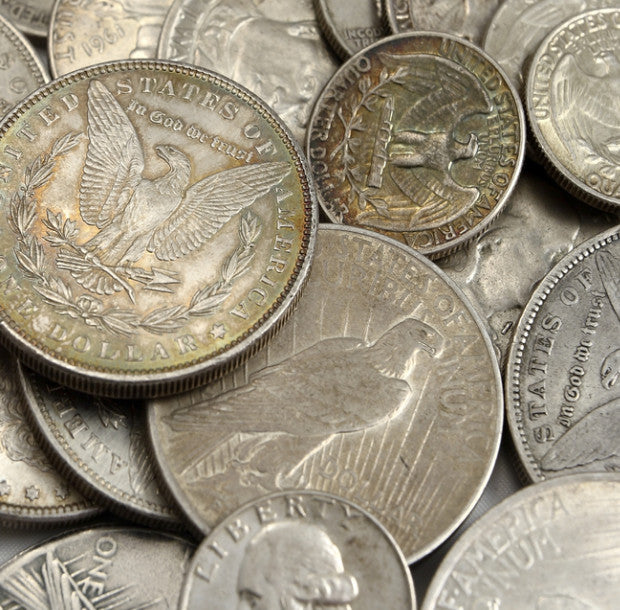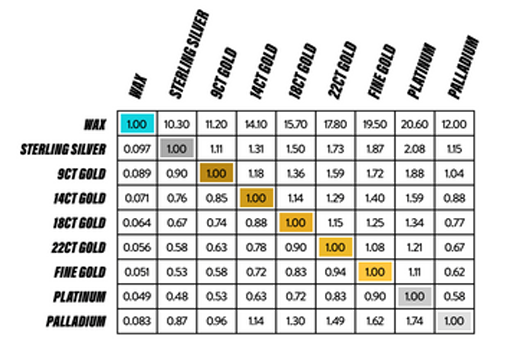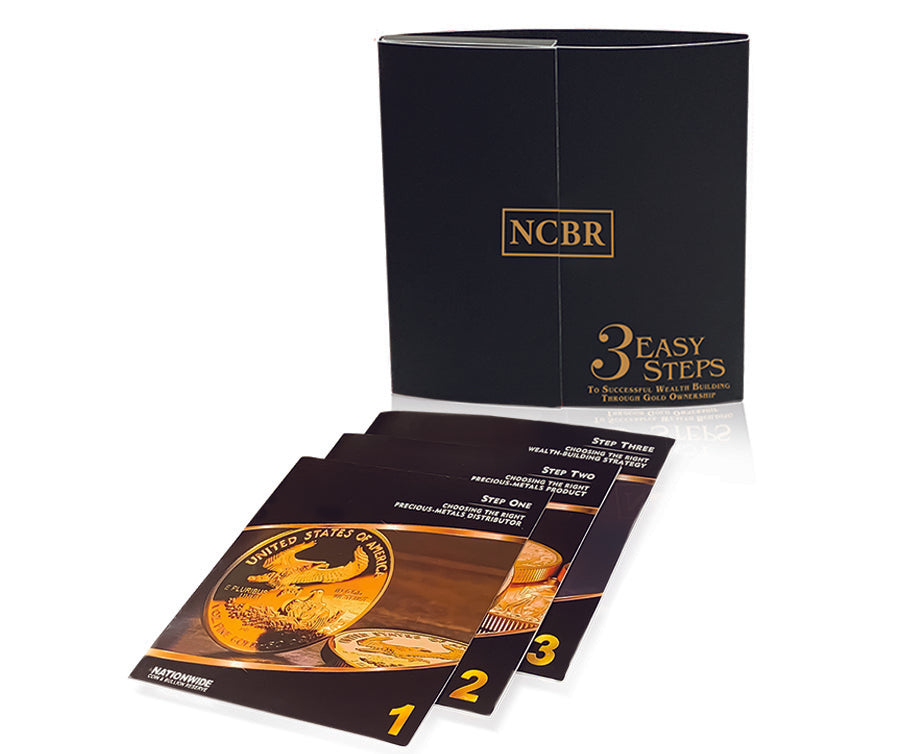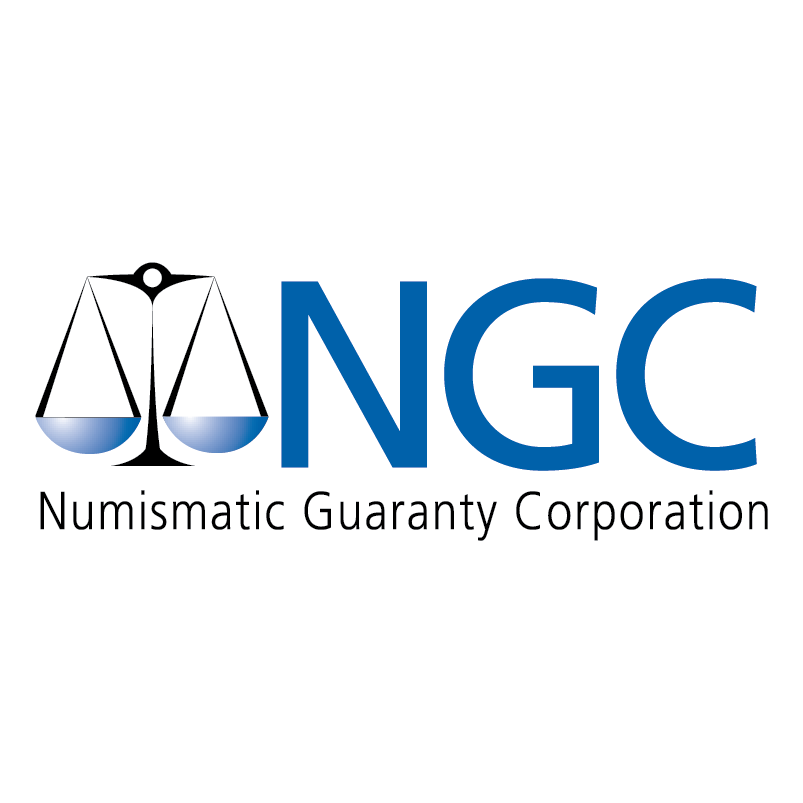Mint marks are the letters on a coin that indicate the city where the coin was struck. On the majority of US coins, the mint mark will be a D for Denver or Dahlonega, an S for San Francisco, a P for Philadelphia, CC for Carson City, O for New Orleans, and a W for West Point.
THE HISTORY OF MINT MARKS
An 1835 Congressional Act established mint marks in the United States, as well as the first Mint locations outside of Philadelphia. When the Charlotte, Dahlonega, and New Orleans Mints opened in 1838, mint marks were added to the coins. In the early days of the Mint, the locations for the facilities were chosen because they were where coins were most needed and raw materials were plentiful.
If there is no mint mark, the coin was minted at the Philadelphia mint. This is because the Philadelphia mint was the only one in operation at the beginning, so there was no need to identify the source of the coins. The practice of not identifying coins struck in Philadelphia continued after the first branches opened.
This practice changed several times in the 1900s. When nickel was removed from the five-cent coins in 1942, the P mint mark was added to the coins produced in Philadelphia. After World War II and the use of nickel resumed, the Mint stopped adding the P mint mark.
When the Susan B. Anthony dollar coin was introduced in 1979, “the P mint mark appeared once again. The following year, the P appeared on all coins except the cent, and this holds true today.”
There have also been a few years during which no mint marks were added to coins. From 1965-1967, no coins in circulation featured mint marks because of the Coinage Act of 1965. This act eliminated mint marks to discourage collectors from collecting coins during the coin shortage.
HOW LONG HAVE THE DIFFERENT MINT FACILITIES BEEN IN OPERATION?
The facilities’ years of operation greatly vary. The Philadelphia, West Point, San Francisco, and Denver Mints are still in operation today. The Carson City, Nevada facility was only operational from 1870 to 1893, and the Charlotte, North Carolina facility was open from 1837 to 1861. Both the New Orleans and Dahlonega, Georgia facilities opened in 1838, but the Dahlonega facility closed in 1861 while the New Orleans Mint remained operational until 1909.
WHY ARE MINT MARKS IMPORTANT?
Mint marks indicate the mint location where the coin was produced. They are important because they are used to hold the mint makers accountable for the coins’ quality, weight, and size. For example, if there was a problem with a coin series, the mint mark allowed officials to trace it back to the specific mint facility where it was struck. This allows them to both assess the problem and hold that mint facility responsible for the issue.
In the early years, this was important because coins were valued by the amount of precious metal in the coin. Because the current circulating coinage in the U.S. doesn’t contain precious metal, mint marks are used to uphold tradition rather than as a form of quality control.
Mint marks are also important because specific years of coins were only produced at a single mint. This gives those coins their historical value. There were also years where fewer coins were made at one Mint facility than others. This rarity would make them more valuable. For example, if there were fewer coins made at the Denver Mint than the Philadelphia Mint in a given year, the Denver Mint coins would be more valuable than the Philadelphia ones.
WHERE ARE MINT MARKS LOCATED?
Mint marks are typically found on the obverse (the heads side) of the coin. Before 1968, mint marks were located on the reverse (the tails side) of the coin.
On the penny, mint marks are found under the date on the obverse of the coin. On nickels, mint marks are located in several places; their location depends on the year and type of nickel. For example, the Jefferson Nickel’s mint mark is on the obverse side.
On dimes, the mint mark’s location also depends on the type of dime. The mint mark on Roosevelt dimes is found on the obverse side above the date. On quarters, the mint mark is located on the obverse of the coin “just behind the ribbon in Washington’s hair, at about the four o’clock position.”
On half dollars, the location of mint marks depends on the coin series. For example, the Franklin half dollar’s mint mark is found on the reverse side of the coin. The Kennedy series’ mint mark is dependent on the year it was struck; the 1964 mint mark is on the reverse side while the 1968-present coins’ mint mark is on the obverse side.
ARE COINS WITH MINT MARKS MORE VALUABLE?
The short answer is that it depends. As with all other coins, the lower the mintage of coins with mint marks, the more valuable the coin is. However, there are some error coins that were accidentally struck without the intended mint mark that are more valuable than their original counterparts.
Some of the most valuable coins with mint marks are the 1870-S Seated Liberty Dollar, the 1927-D Double Eagle, and the 1943-S Lincoln Copper Penny.
The 1927-D Double Eagle is the rarest 20th century gold coin. The highest graded coin in this series is worth up to $4,500,000.
The 1870-S Seated Liberty Dollar is one the most famous and most rare US coins with a mintage of only 15 coins. The finest of this mintage is worth up to $2,500,000.
The 1943-S Lincoln Copper Penny is extremely rare with only 5 of these San Francisco-minted copper pennies known to exist. It is also one of the most counterfeited U.S. coins. The highest graded coin in this mintage is worth up to $580,000.
CONSIDERING A COIN–WITH OR WITHOUT A MINT MARK?
Consider Nationwide Coin & Bullion Reserve as you build your collection of valuable coins, precious metals and other forms or currency. Contact us today for an expert opinion on the best options to add to your personal collection.
Real Time Precious Metals Data Below







